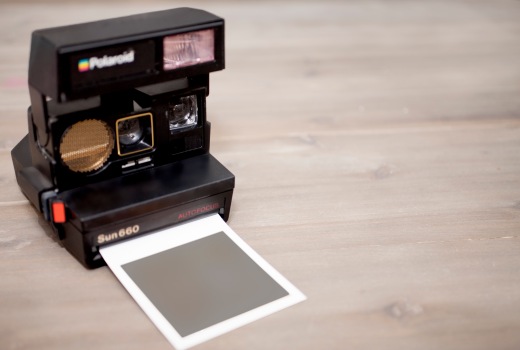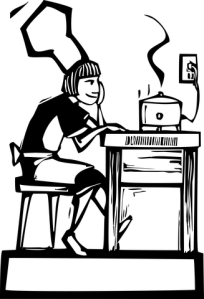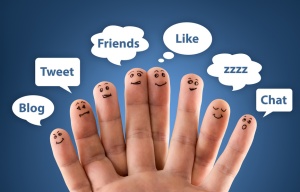Last week I took a 93 year old woman grocery shopping and here is what she bought for the week:
Apples
Deli turkey slices
Marble Rye Bread (the store sells half-loaves)
Dried prunes
2 cans of mandarin oranges
Fiber cereal
Gingersnaps
Chips (popcorn)
Cheese Crackers
Frozen lean dinners (2) and a small cheese pizza
Moose Tracks Ice Cream
Whole Wheat English Muffins
Paper napkins, tissue, and light bulbs
No nuts or seeded things like tomatoes (allergy)
Her energy and common sense always inspire me and I think she did well nutritionally. She is 93 and knows a thing or two.
For many of us, however, this list wouldn’t do. Where are yogurt, dark leafy greens, avocados, and protein? Well, I don’t know what she already had at home but I did say she was 93 right?
Working people have a harder time achieving nutritional balance for sure. I only work part-time (in a grocery store no less) and I get stressed about it. Here are some suggestions for coping:
- Stop trying to make every morsel you eat a superfood. Everyone knows breakfast is important but if you get up late or spend too much time packing the children’s lunches, grab a yogurt drink and some fiber crackers or fruit (I don’t eat it) or a piece of chicken to eat on the commute. Even better, that healthy lunch you’re packing for the kids ought to be good for you, too. Pack an extra one. If their lunch has too much sugar or carbs for you, rethink what you’re giving them. Finally, eating too much fiber, avocado, or cruciferous vegetables can cause weight gain and the worst – gas. Which leads to the next suggestion: The time of day when eating some foods (even superfoods) matters.
- Many of my customers buy bananas and eat them in the morning because they can grab and eat them quickly when they awake. I cannot tolerate them on an empty stomach and fix oatmeal (1 minute in the microwave) instead. Everyone is different and finding your way is key. Let’s face it, some superfoods just don’t work at 6:00 a.m. for many people, though. Cauliflower, salmon, sardines, shiitake mushrooms, and collard greens on an empty stomach may lead you to call off sick. If you have the time before work, you can add many of them to an omelet; it’s up to you. I like mustard greens with morning egg, but maybe you are allergic to eggs. The point is to include good food when you can and don’t stress if you use half your sugar allotment for breakfast.
- Because we don’t always know what we are going to feel like or want to eat later at work, I suggest packing a contingency bag to take when you’re rushed in the morning and keep it handy.
It can be a plain grocery bag or a designer tote. What matters is that you put in something with vitamins, something with sugar (yes, you might need it if blood sugar drops), something with carbs for energy, and a non-refrigerated protein and drink.

Here’s my stash:
Doritos (no sugar tasty carbs)
Kind Bar (cherry cashew)
Apple
Fig cookie (or Thin Mint GS)
Veggie Rice crackers
Bai antioxidant drink
Vitamin Water ( w or w/o sugar)
Jar of Baby Food (pumpkin, carrots, etc)
You may be saying “Oh no, I’m not eating baby food – it tastes bland and awful”. Well, some of it does and I’m not suggesting a “baby food diet” to lose weight like the ones some celebrities (e.g. Jennifer Aniston) have used. I wouldn’t eat the meat ones but squash, pumpkin, and carrots are a quick, even tasty, boost in a pinch.
- What about when you want something warm and comforting? Invest in a thermos and bring your own homemade soup.

- Finally, sometimes you just can’t avoid buying lunch or dinner out. Unless you eat out everyday, cut yourself some slack when your meal isn’t ideal but be aware that the fast food salad is loaded with sodium and the fancy restaurant’s entree is high in sugar and fat. Adjust and balance when you can.
I stressed about work food for over six months, thinking I had to take a perfect lunch with me. I made mistakes and sometimes I chose poorly, resulting in having to carry a small tin in my pocket full of ginger mints, xylitol gum (good for mouth but can cause gas), digestive enzymes, aspirin, antacid, and more. I’m still convinced that sugar is public enemy number one though. By keeping sugar (it all its forms) under 25 grams daily and reducing use of white flour and processed foods, I lost 30 pounds and I will not stop reading labels. A popular brand of protein drink advertises “no added sugar” but the label reveals it has 53 grams of sugar in a serving. Even one cigarette brand has sugar (glycerol) in it. A woman next to me, shopping at Trader Joe’s, said aloud, “They all have sugar in them”. She was buying lunch meat. Caveat Emptor.
















 It’s attitude adjustment time in my time
It’s attitude adjustment time in my time 












